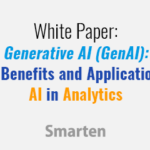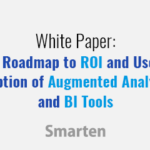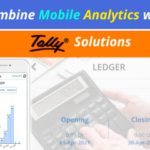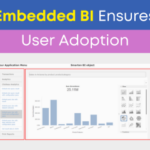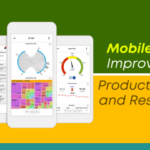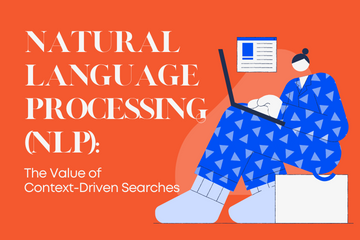
Natural Language Processing (NLP) may not be a term that everyone is familiar with but all consumers and business users are certainly aware of its power. You use natural language processing every day when you perform a search in Google using questions written in the same way one would speak or write to another person. Whether you know it or not, you are using NLP to process, interpret and return results that meet your criteria.
When it comes to analytics, many systems require IT or programming knowledge to write queries, or the solutions are restrictive and designed to try to anticipate what users will want to know. You may be able to choose data from a particular column or field but you are not likely to get information in a way that is easy to digest or understand. As Natural Language Processing (NLP) is applied to the analytical domain, business users find it easier to leverage an analytical tool in an augmented analytics environment where questions can be entered using natural language, but NLP without context-capability can still miss the mark.
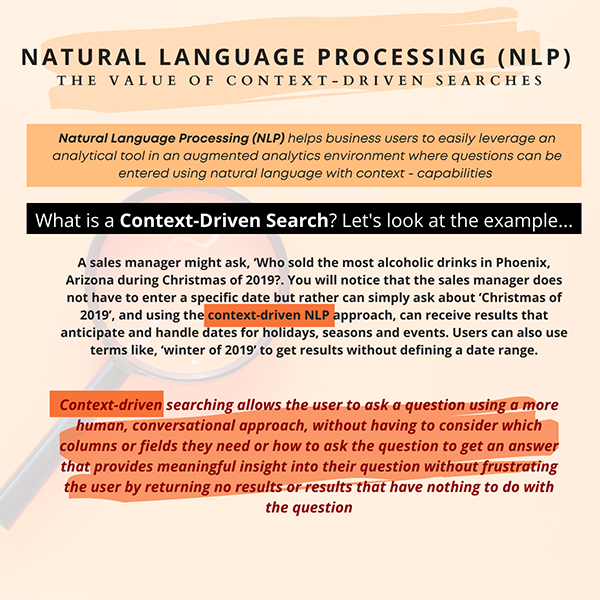
‘Context-driven searching allows the user to ask a question using the a more human, conversational approach, without having to consider which columns or fields they need or how to ask the question to get an answer that provides meaningful insight into their question.’
To truly understand the value of context-searching in NLP, let’s look first and what is commonly used in analytics and business intelligence today.
IT or Data Scientist Business Intelligence and Analytics – scripted or programmed by IT. Here a business user must provide information on what they need in order to get the results and by the time IT provides the analysis, the data may be out-of-date or incomplete and the delays may have created business issues.
Self-Serve Business Intelligence or Analytics – provides a wizard or menu where power users can create a query by clicking through options and creating reports and graphs. This approach is restricted to the capability of the system and is inflexible.
Natural Language Processing – allows users to ask a question using natural language and receive results in the same manner. In analytics, NLP is much more useful than the first two options but without the ability to consider context. This approach typically uses column filters and ID to answer basic questions, i.e., ‘what were the sales for white blouses in 2019?’ but it doesn’t provide the more subtle insight required by many users and still requires the user to specify date ranges and other information in structured fashion.
Now, let’s consider Context-Driven NLP
The true value of NLP is only just emerging as Context-Driven Searching comes to the forefront! So, what is context-driven searching and why is it so important to users? Context-driven searches allow users to go beyond restrictive searching based on column filters to provide context such as season, time series or range, polarity, and they address abbreviations, and analyze phonetics to handle misspellings, etc. What is a context-driven search?
Let’s look at a few examples:
A sales manager might ask, ‘Who sold the most alcoholic drinks in Phoenix, Arizona during Christmas of 2019?. You will notice that the sales manager does not have to enter a specific date but rather can simply ask about ‘Christmas of 2019’, and using the context-driven NLP approach, can receive results that anticipate and handle dates for holidays, seasons and events. Users can also use terms like, ‘winter of 2019’ to get results without defining a date range.
Or…
A sales manager might ask, ‘What was the worst month for cookie sales in Scottsdale in 2019?’. In this example, the context-driven NLP approach to analytics will interpret the term ‘worst’ to provide insight, taking into consideration ‘high’ or ‘low’, ‘best’ or ‘worst’ as noted by the user.
Context-driven searching allows the user to ask a question using a more human, conversational approach, without having to consider which columns or fields they need or how to ask the question to get an answer that provides meaningful insight into their question without frustrating the user by returning no results or results that have nothing to do with the question.
The value of context-driven searching in natural language processing is easy to understand. It saves the user time, and it allows users with average technical or analytical skills to leverage powerful analytical tools and gain insight into issues to solve problems and capitalize on opportunities. Because this solution is easy to use, it will ensure user adoption and it will provide improved productivity and encourage users to collaborate and share data, thereby improving data democratization and data literacy. Using context-driven search NLP improves user engagement and allows users to get more out of the system. Every team member knows how to use Google and context-driven searching is as simple as a Google search! There are no special skills and there is no training requirement.
In short, the value of context-driven NLP is this: Just ask a question and you’ll get an answer. You can use that answer to improve results, adapt and change quickly and become more agile and flexible in your approach to business.
Original Post : Natural Language Processing (NLP): The Value of Context-Driven Searches!



